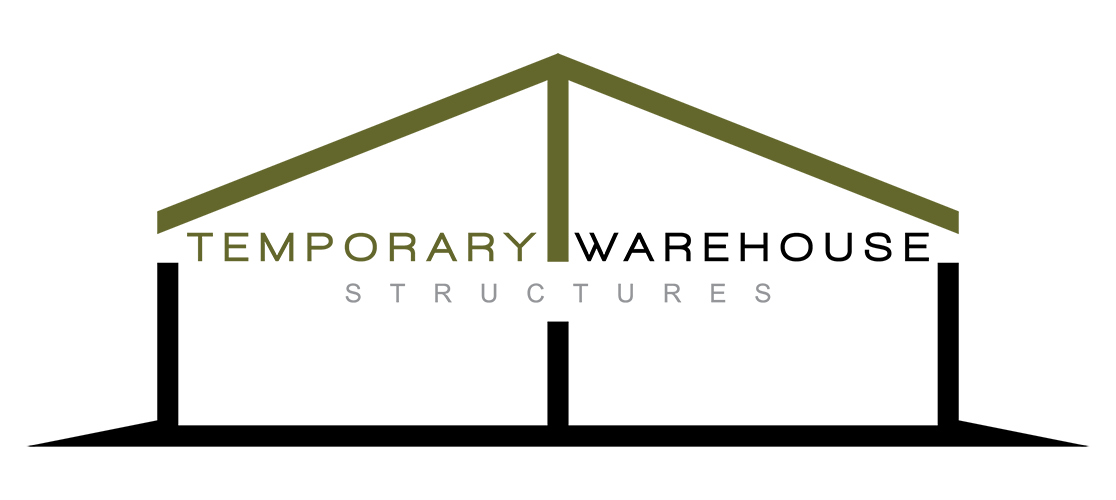Addressing Engineered Fabric Structures & Pole Tents
A Guide To Engineered Fabric Structures And Pole Tents
Within our industry, we realize how having the right tools to do the job is absolutely critical. Tools work the best whenever they are used for the purposes they were intended for. A carpenter’s hammer wouldn’t be used for knocking down walls and a sledgehammer wouldn’t be used for driving a small nail for hanging a picture up. The same thing applies when choosing the right temporary tent buildings.
We are frequently asked what the difference is between an engineered fabric structure and standard pole tent. Which one is the best? The answer to that question is: that depends. The function should be considered before from when you are choosing the best structure to meet your needs.
There are two key components that fabric structures feature: framing and fabric. Engineered structures and pole tents usually are both built with durable and tough fabric. The framework is what ultimately determines the suitability of a structure for semi-permanent use. When the correct amount of tension is applied to the fabric a stronger structure is created. The main difference between these two is the framing.
Pole tents are fairly inexpensive and may be ordered and installed quickly. Those factors are what make pole tents such attractive temporary tent building options. However, although these structures are well-suited for weekend events or company lunches, they are not designed to be used for semi-permanent industrial purposes. Pole tents are designed for convenient and quick access and feature easy to construct and lightweight simple frameworks. The simple framework also results in the finished product having looser fabric compared with an engineered tension structure. The efficiency of the structure over time is diminished due to the loose fabric twisting, bunching and sagging. In severe weather conditions, this is especially true. Pole tents are an excellent short-term use option when conditions are fairly good. However, when there are harsh conditions such as snow, rain or wind gusts, then a pole tent can pose serious safety concerns for the equipment and crew. Typically, pole tents are not snow- or wind-loaded certified. They are designed only to withstand wind speeds at a maximum of 30 to 50 miles per hour with mild or moderate rain.
Other key factors in choosing the best structure include space and size needs. Engineered structures provide more flexibility compared to pole tents, which make them well-suited for many industrial needs. Typically pole tents are available in certain fixed sizes, and where only minor adjustments can be made to capacity. Engineered structures, on the other hand, are scalable – which means you can size them according to what your current specifications are and then adjusted in the future if your space needs happen to change. You can also install an engineered structure of almost any type of ground surface.
Floor space is obstructed in pole tents by uprights and ancillary straps, meaning you lose usable square footage inside of the structure. Those components also must be worked around by the crew when setting work areas up. Turnarounds are complicated even further since additional equipment and staff is needed so that more shortage of space is created. However, engineered structures feature clear span, meaning that the footprint of the structure is minimized so that maximum use can be made out of all of the square feet that are available.
Make sure to follow the old saying “start with the end in mind.” Think of structure removal and maintenance ahead of time. Work can be disrupted by maintenance. Compared to pole tents, engineered structures require less regular maintenance and are more durable, which makes them perfect for long-term and semi-permanent use. When an engineered structure is leased it also comes with the advantages of your work site being kept safe, ongoing maintenance over the course of the lease, professional installation, and complete clean-up and removal after the project is finished. Engineered structures may be installed in just a few days if your project needs fast response time.
Whenever you are determining which type of structure is the best for an upcoming project, make sure you consider maintenance, space, size and environmental needs. For some events such as corporate events and special events, pole tents work well but they aren’t well-suited for industrial or semi-permanent use, particularly when site safety might be a concern. The right tools are needed for success. Make sure that you have the right temporary fabric structure for your job.
Our reputable company, Temporary Warehouse Structures, pride ourselves on providing you with any and all information regarding temporary warehouse or structure maintenance, repair, and benefits. Please call us or contact us today with any questions you may have
We are continually proud to offer our clients superior material, craftsmanship, and structurally sound clear span buildings.
CONTACT US TODAY
For more information or a quote, please contact us. Find out how Temporary Warehouse Structures can help with your next project.

